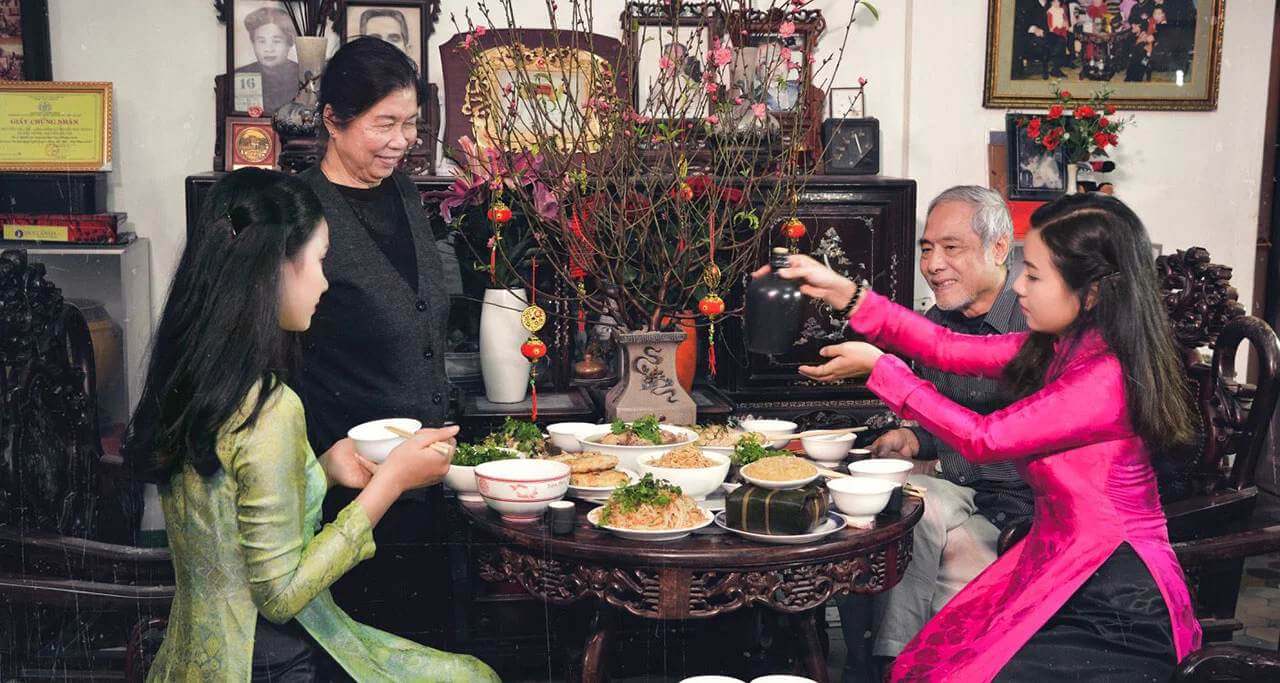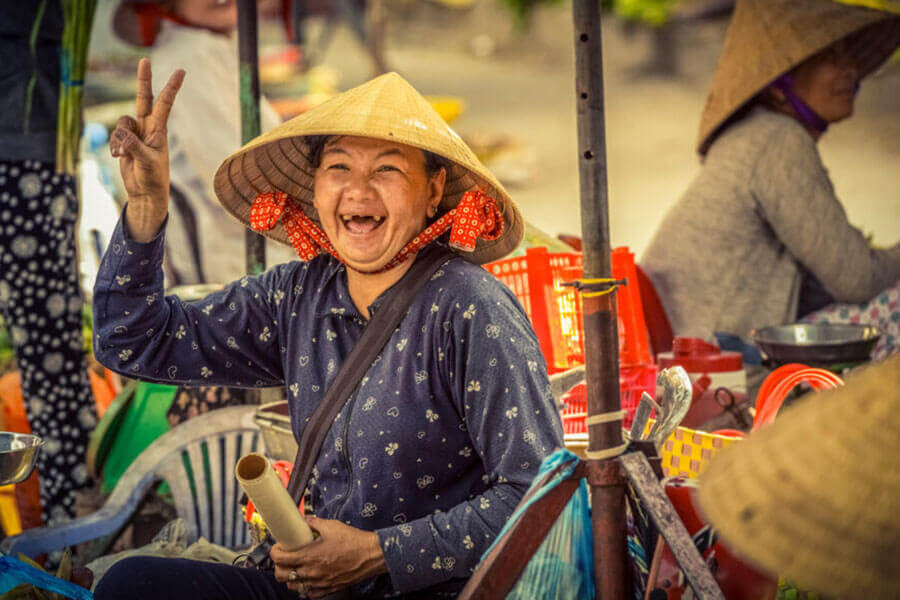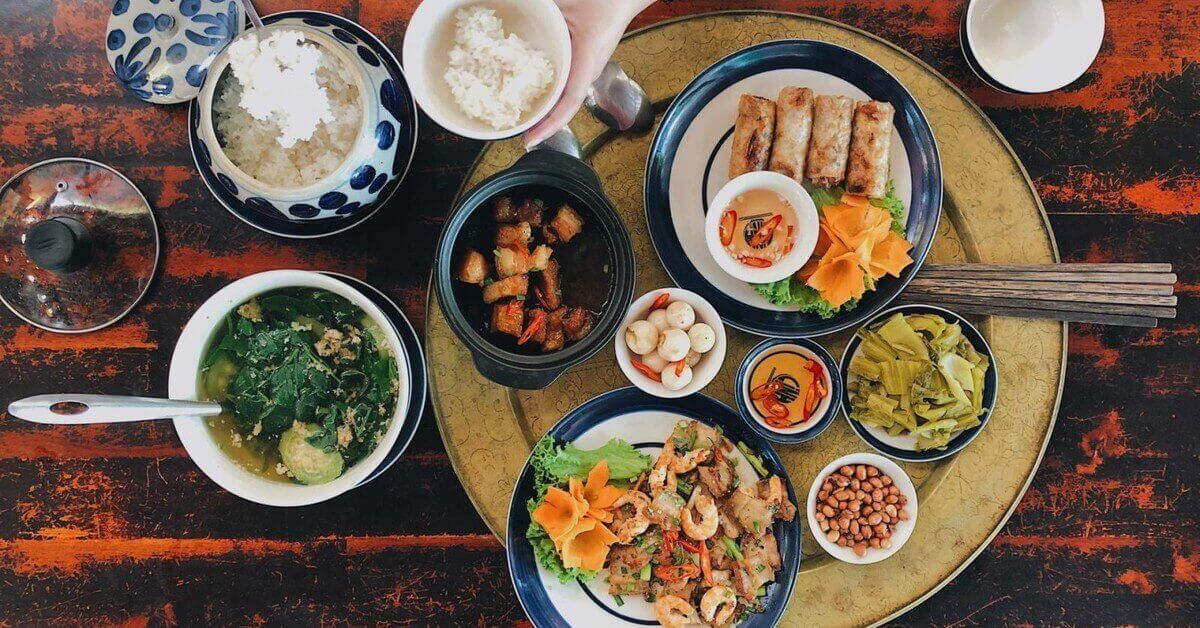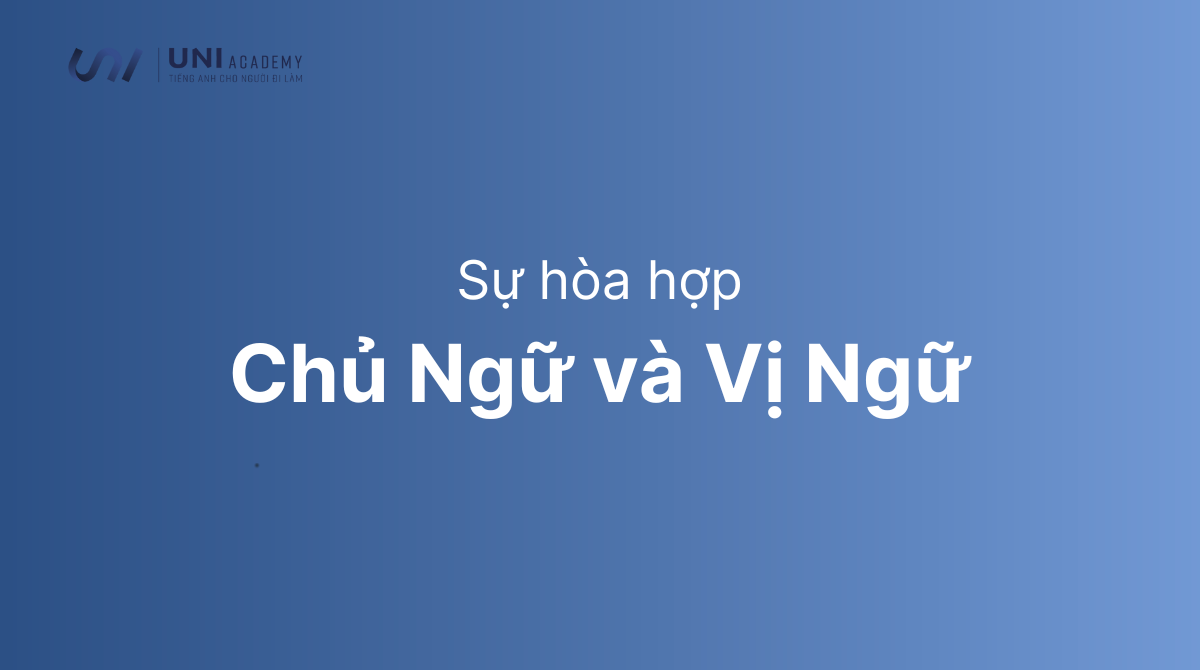Truyền thống và văn hóa là nét đẹp riêng của mỗi đất nước. Việt Nam cũng không ngoại lệ. Nếu bạn đang muốn giới thiệu về những điều này với một người bạn ngoại quốc của mình hay với khách du lịch nước ngoài, bạn có thể tham khảo bài viết với chủ đề talk about vietnamese gestures and customs dưới đây của Unia.vn để lấy ý tưởng cũng như từ vựng nhé!
Nội dung chính
Từ vựng tiếng Anh chủ đề Talk about vietnamese gestures and customs

Văn hóa ngày tết của người Việt Nam
- Ancestor worship: Thờ cúng tổ tiên
- Decorate the house: Trang trí nhà cửa
- Dress up: Ăn diện
- Exchange New Year’s wishes: Chúc tết
- First footing: Xông đất
- Give red envelope: Mừng tuổi/ Lì xì
- Go to pagoda to pray for something: Đi chùa cầu nguyện…
- Go to flower market: Đi chợ hoa
- House cleaning: Dọn dẹp nhà cửa
- Reuniting family/ Family reunion: Đoàn tụ với gia đình
- Sweep the floor: Quét nhà
- Visit relatives and friends: Đi thăm họ hàng bạn bè
- CWatch firework: Ngắm pháo hoa
Cử chỉ & Ngôn ngữ cơ thể của người Việt
- Nodding: Gật đầu
- Shaking one’s head: Lắc đầu
- Bowing: Cúi chào
- Frowning: Cau mày
- The fingertips and thumbs meet to form a circle, the other finger is vertical (OK sign): Dấu OK
- Avoiding eye contact: Tránh giao tiếp bằng mắt
- Crossed arms: Khoanh tay
- Placing one or both hands in the pocket or on the hip while talking: Đặt một hoặc cả hai tay vào túi quần hoặc chống nạnh khi nói chuyện
- Cover their mouths: Che miệng khi nói
Những điều cấm kỵ & hành vi thô lỗ ở Việt Nam
- Wearing a white headband is only for funerals: Đeo băng đô trắng chỉ dành cho tang lễ.
- Do not touch the head of anyone or pass anything over someone’s head: Đừng chạm vào đầu của bất cứ ai hoặc đưa bất cứ thứ gì qua đầu của ai đó.
- Insults to elders or ancestors: Xúc phạm người lớn tuổi hoặc tổ tiên
- Turning your back on a person: Quay lưng lại với một người
- Avoid photographing three people: Tránh chụp ảnh ba người
- Avoid discussions about politics: Tránh thảo luận về chính trị
Xem thêm:
- Tiếng Anh chuyên ngành công nghệ thực phẩm
- Từ vựng tiếng Anh về Gia đình
- Từ vựng tiếng Anh chủ đề Tết thông dụng nhất
Những việc nên làm và không nên làm ở Việt Nam
Những điều nên làm
- Dress more conservatively than you would at home (ideally covering your shoulders and knees) – Ăn mặc kín đáo hơn khi ở nhà (lý tưởng là che vai và đầu gối)
- Hold hands, but public physical displays of affection such as hugging and kissing are frowned upon. – Nắm tay, nhưng những hành động thể hiện tình cảm nơi công cộng như ôm và hôn không được tán thành.
- Respect social hierarchies and understand the concepts of “collectivism” and “face” – Tôn trọng thứ bậc xã hội và hiểu các khái niệm về “chủ nghĩa tập thể” và “thể diện”
- Pass items with both hands – Đưa đồ vật bằng cả hai tay
- Smile, wave, and say xin chao (hello)! – Mỉm cười, vẫy tay và nói xin chao (xin chào)!
Những điều không nên làm
- Wear bare shoulders or shorts to temples or pagodas – Mặc áo hở vai hoặc quần đùi đến đền chùa
- Flaunt wealth in public – Phô trương giàu có nơi công cộng
- Take photos of military installations or anything to do with the military. – Chụp ảnh các cơ sở quân sự hoặc bất cứ thứ gì liên quan đến quân đội.
- Get naked. Nudity is always seen as totally inappropriate, even when sunbathing! – Cởi trần. Khoả thân luôn được coi là hoàn toàn không phù hợp, ngay cả khi đang tắm nắng!
- Be offended if somebody laughs at you. – Bị xúc phạm nếu ai đó cười nhạo bạn.
Bài mẫu chủ đề Talk about vietnamese gestures and customs

Nói về cách chào của người Việt Nam
Vietnamese guys typically shake hands and make a small bow when greeting one another. Vietnamese women, on the other hand, typically avoid physical contact with those of the opposite sex and do not shake hands, so men welcome ladies by bowing gently and nodding.
The Vietnamese likewise avoid shaking hands with elders and those in their later years. Many traditional Vietnamese people bend their heads to seniors or those who are older as a sign of respect. The depth of the bow is unimportant in Vietnam, in contrast to Japan.
- In Vietnamese society, the elderly are always given precedence and respect. So always say hello to the oldest person.
- If you want to greet someone formally, use Mr. or Ms. after their first name.
- Vietnamese people also shake hands or bow gently when saying farewell.
Xem thêm: Các tháng trong tiếng Anh
Nói về phong tục ngày tết của người Việt Nam
The animistic folk religions were merged with, not replaced by, religions like Hinduism, Buddhism, Confucianism, Taoism, or Christianity in mainstream Vietnamese culture.
Animists hold that all phenomena and forces in the universe are under the influence of spirits and the souls of the dead, and that both are essential in determining a person’s fate. They also hold that souls or spirits exist in non-human entities as well as in human beings.
Numerous gods, including the sun, moon, earth, mountain, river, water, and tree, have been revered for a very long time. If praised, they offer protection to the living; if disregarded, they bring about bad luck.
Animism is more prevalent in ethnic tribes in the highlands of Vietnam. With lives that revolve around agriculture, many communities in Vietnam perform yearly or even monthly rituals to request blessings from the gods when planting and harvesting.
Xem thêm:
Nói về văn hóa ăn uống của người Việt Nam
Vietnamese meals are often served all at once and shared, as opposed to Western dinners, which are split into several courses like an appetizer, a main entrée, and a dessert. The majority of Vietnamese families typically sat on mats on the floor, with each family member having their own rice bowl and set of utensils.
They would use chopsticks for rice and stir-fried foods, and soup spoons for other dishes. Spring rolls and other such meals are categorized as finger foods (eaten by hand).

Vietnamese people use spoons and chopsticks to eat from bowls. Chopsticks should be stored on a bone plate or a side dish while not in use. Never put unused chopsticks in a dish. Chopsticks protruding from a bowl represent death. You may tell you’re done eating by placing your chopsticks on the bowl.
People eat with their hands with specific foods in certain regions of Vietnam. All food, with the exception of individual bowls of rice, are shared communally in the center of the table.
The women sit directly next to the rice cooker to serve rice to other people, and the younger ones ask or wait for the elders to eat first. They also pick up food for each other as an action of care.
Vietnamese people typically eat on the floor around low tables or around tables and chairs in the Western way. Frequently, dishes are placed on a table for guests to assist themselves. Chinese-style plating involves placing food on rice in a bowl or on a side plate with a serving spoon.
Turn your chopsticks around to feed yourself if there isn’t a serving spoon so that the portions that have touched your mouth don’t contact the food that everyone else is eating.
When eating with Vietnamese:
- Be patient while being seated when dining with Vietnamese people.
- The senior citizen should be seated and served first.
- Use both hands to pass the plates.
- When taking a break to drink or chat, chopsticks should be put on the table or rest on a chopstick rest.
- When eating, people frequently hold bowls near to their faces.
- When eating soup, hold the spoon in your left hand.
- When using a toothpick, keep your mouth closed.
Như vậy, bài viết đã tổng hợp tất cả những từ vựng cũng như những cử chỉ, hành động, truyền thống và văn hóa khi talk about vietnamese gestures and customs. Hy vọng với những thông tin này, bạn có thể kể về Việt Nam một cách tự hào với người nước ngoài nhé!




